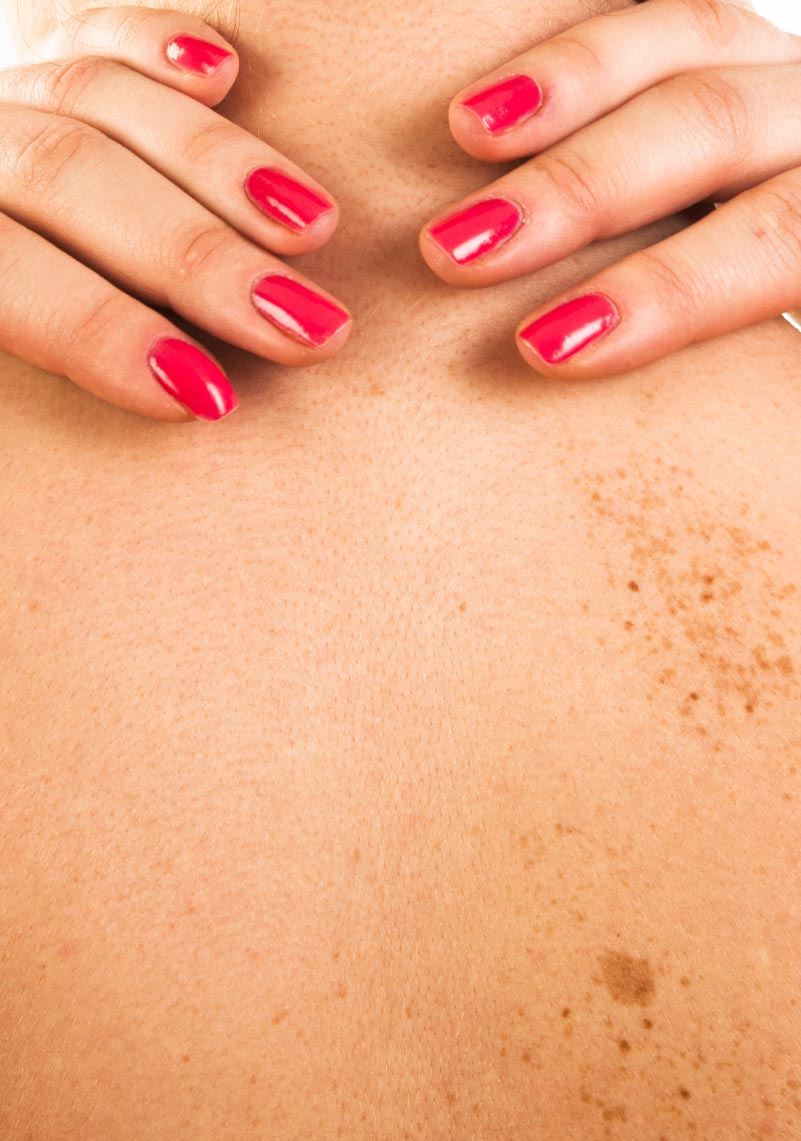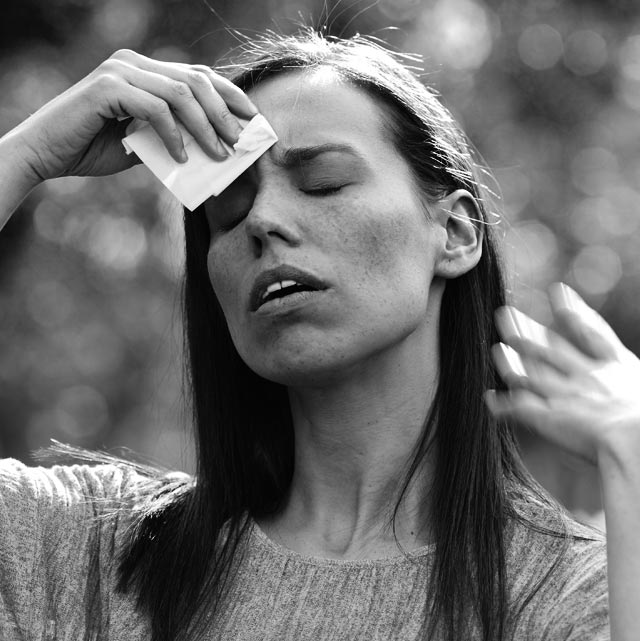Clinic News

WHAT IS PIGMENTATION?
When pigmentation issues affect the skin, it can lead to areas of discolouration. There are two variations of pigmentation – hyperpigmentation and hypopigmentation. Age spots and melasma are common examples of hyperpigmentation, when small, darker spots develop on the surface of the skin. Hypopigmentation will often develop over a larger area, showing as a paler tone than the skin that surrounds it. Pigmentation can affect both men and women and in most instances, is not found to be harmful. Its noticeable appearance is often the concern, as it affects the skin’s even tone.
WHAT CAUSES PIGMENTATION?
Hyperpigmentation usually results from damage to the skin’s cells, with ageing and sun exposure being common contributors. This condition most often affects the face, hands, shoulders and chest as these areas can be more frequently exposed to the sun. The darkened patches are the result of the overproduction of melanin (the natural pigment that gives the skin its colour) which builds up over time. Other causes can include hormonal changes and trauma to the skin and tissues – such as when acne scars the skin.
Hypopigmentation is a concern that is likely to be caused by genetics. This condition is the direct opposite of hyperpigmentation where the lighter patches arise from the underproduction of melanin. It is common for other conditions, such as: eczema, psoriasis, burns and frequent skin infections to also lead to hypopigmentation, where scarring is lighter than the natural colouring of the skin.
HOW CAN I TREAT PIGMENTATION?
The Facebible conducts a thorough consultation that may involve visia skin analysis. Depending on your individual circumstances, we may use chemical skin peels, microneedling or fractional skin resurfacing as an effective treatment for pigmentation. When acne scarring is the cause, we can also use Clearskin. The procedures can gradually regenerate new and healthy skin cells that are free of excess melanin and are more likened to the natural tone of your skin.






